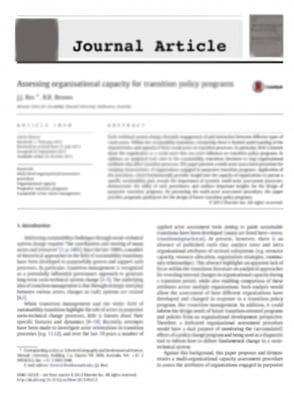Performance of a mobile car platform for mean wind and turbulence measurements
Abstract
The lack of adequate near-surface observations of the stable atmospheric boundary layer spatial structure motivated the development of an instrumented car for mobile turbulence measurements. The calibration and validation of the car measurements are performed using controlled field experiments and a comparison with an instrumented tower. The corrections required to remove the effects of the car motion are shown to be smaller and simpler than the corrections for research aircraft measurements. A car can therefore satisfactorily measure near-surface turbulence using relatively low-cost equipment. Other natural advantages of a car, such as the ability to drive on any road at any time of day or night and follow the terrain slope, as well as its low cost of operation, make it applicable to observations of a variety of flow regimes that cannot be achieved with the usual platforms, such as research aircraft or networks of flux towers.
